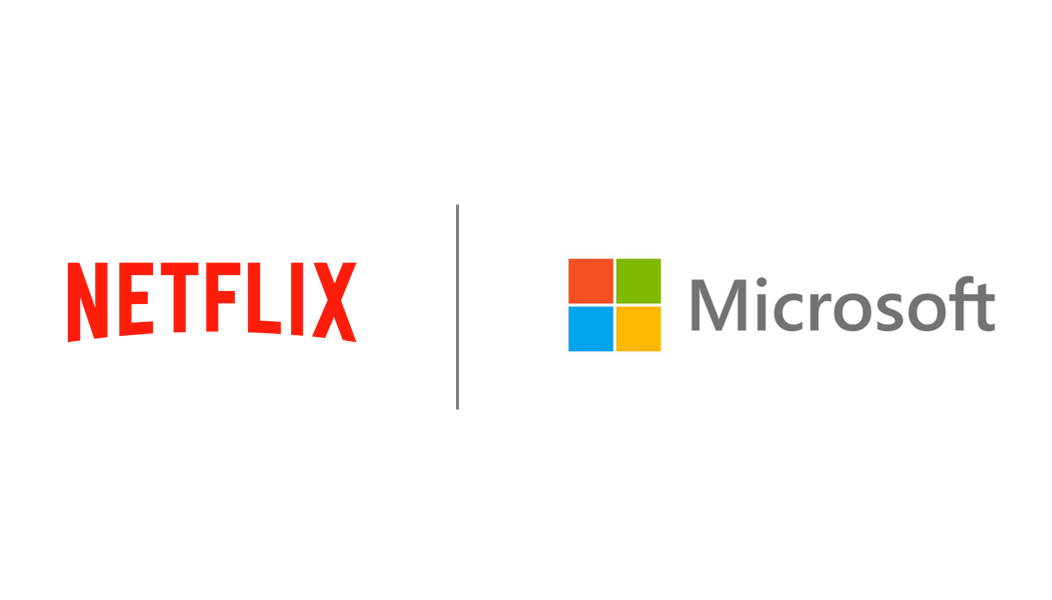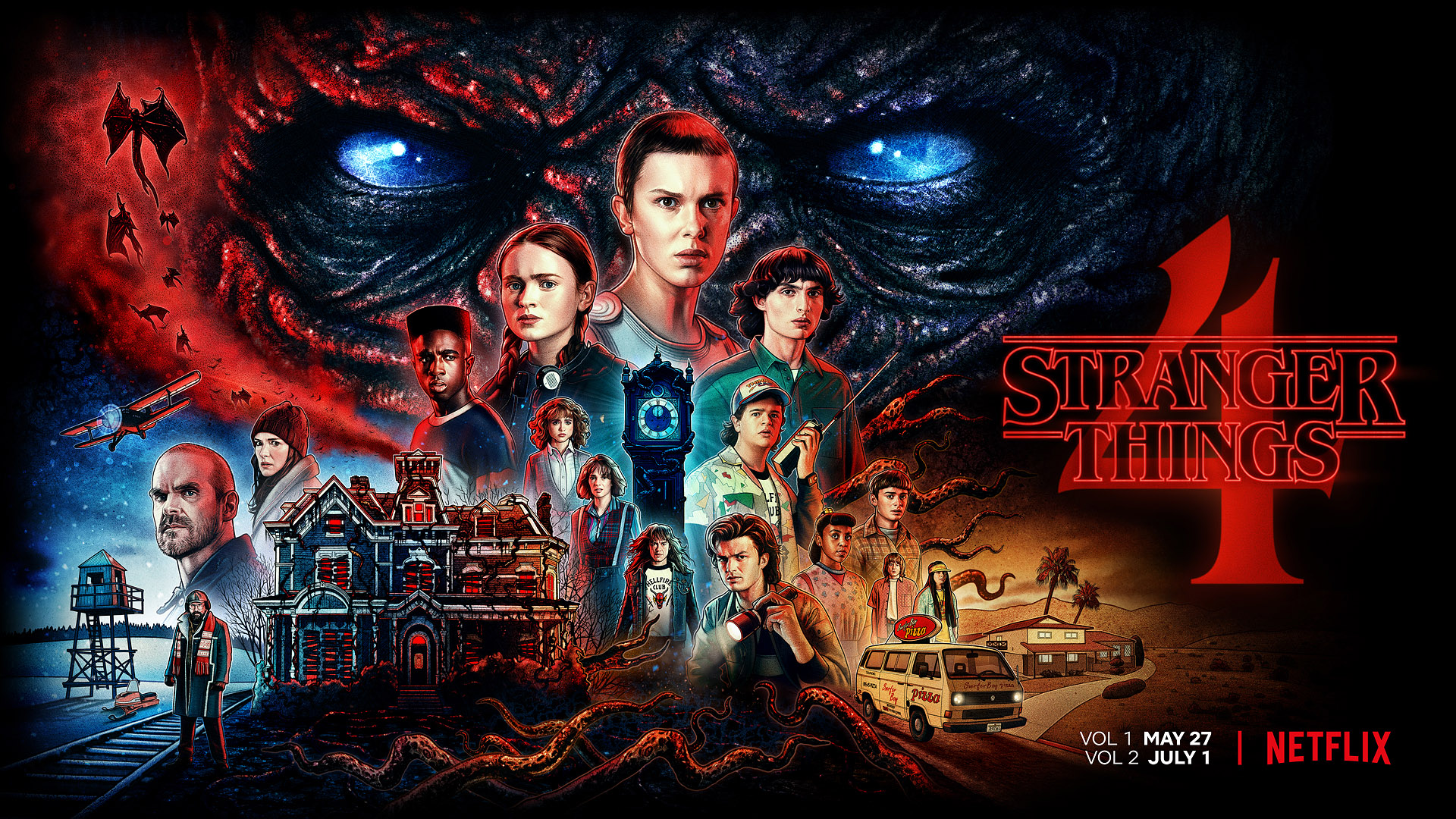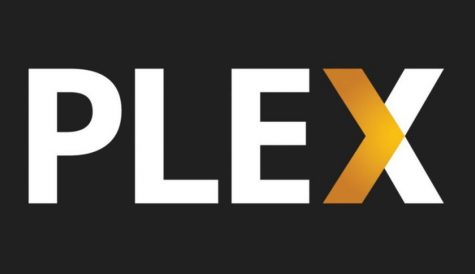Netflix makes shrewd decision in partnering with Microsoft

Netflix this week confirmed that it is partnering with Microsoft for its upcoming ad-supported offering.
While Netflix has repeatedly noted that the development of its ad-supported product is in “very early days”, it is not short of ambition, with chief operating officer Greg Peters penning a blog post that promised “more choice for consumers and a premium, better-than-linear TV brand experience for advertisers.”
What this means in reality is that all ads served on Netflix will be exclusively available through its platform, which from a consumer perspective probably will not mean a whole lot. Partnering with Microsoft is a high-profile deal, but the vast majority of users will likely never even notice, unless Netflix decides to stick an obnoxious ‘sponsored messaging presented by Microsoft’ label on top of its adverts.
It would be hyperbole to call Netflix’s planned integration of ads a ‘hail Mary’, but the company needs this to work if it is to remain the defining streaming leader it has been for the past decade.
Tech talks
While Google and NBCUniversal had previously been touted as potential adtech partners for Netflix, Microsoft’s recently closed acquisition of Xandr – formerly owned by AT&T – has evidently given the Xbox-maker the edge that the global streaming leader was looking for.
Announcing the acquisition in late 2021, Microsoft described Xandr as providing “a data-enabled technology platform with tools that help power a diverse ecosystem connecting marketers and media owners through first-party, data-led advertising solutions across its network.”
 Part of Xandr’s model which attracted Microsoft as a buyer was its first-party data-centred buying platform, Xandr Invest, along with its full funnel marketing offering Xandr Monetize. These assets, Microsoft said, “will help shape the digital ad marketplace of the future” in a “post-cookie world”.
Part of Xandr’s model which attracted Microsoft as a buyer was its first-party data-centred buying platform, Xandr Invest, along with its full funnel marketing offering Xandr Monetize. These assets, Microsoft said, “will help shape the digital ad marketplace of the future” in a “post-cookie world”.
That focus on a post-cookie world is something that is becoming more and more central to the industry, as consumers and regulators both wisen up to data privacy. Particularly in the EU and the US, decision makers are increasingly looking to crack down on the extreme data collection that has been permissible in the wild west of the internet.
In announcing the deal, Netflix’s Peters highlighted this, writing: “Today’s announcement also endorses Microsoft’s approach to privacy, which is built on protecting customers’ information.”
In choosing a tech partner, Netflix knew that it would have to be careful to ensure that it selected someone whose practices would not ruffle the feathers of regulators, with the streamer’s influence having already been central to the implementation of multiple new laws across the world.
Asides from tech capabilities and a focus on privacy, it’s worth noting the obvious fact that Microsoft is not a direct competitor to Netflix. Google and NBCU were said to be the closest to a deal, but Netflix also had options on the table from Roku – and all of these companies offer their own ad-supported video streaming services. While Microsoft offers TVOD to Xbox console owners via its store, offering video to consumers is by no means a core focus of its business.
Will ads stop Netflix’s subscriber slump?
The million dollar question is whether the introduction of an ad-supported tier, which was announced in the wake of Netflix’s first subscriber losses in a decade, will prevent the doom-laden outlook that the streamer provided earlier this year. The company has predicted that it will lose a further 2 million subscribers in Q2 despite the bankable success of Stranger Things. Netflix will reveal its Q2 figures next week with news which will surely inspire many column inches, regardless of whether it is good or bad news for the company.
I won’t go into too much detail on the overall discussion point of why subscription-based streaming services are increasingly turning to ads. You can look to a piece I wrote in early May on the subject for more detail, but my overall takeaway was that introducing adverts will enable Netflix to retain customers, while generating a higher average revenue per user (ARPU). It’s a win-win for end-users and the streaming platform alike.
For the biggest indication of how successful the implementation of ads can be, one only needs to look to Netflix’s biggest streaming rival Disney.
Speaking in May, Disney CFO Christine McCarthy said: “Based on our Hulu experience, we actually have more AVOD than SVOD subscribers. We expect about the same percentage for both Disney+ and Hulu, just based on the experience curve that we’ve witnessed.”
While the takeup of Netflix’s ad-supported tier will depend on factors such as pricing and minutes of advertising per hour, the company can take its rival’s experience as a positive sign.
One thing evident from this week is that implementing an advertising-supported offering to a streaming service is no simple thing. Having developed a platform over the course of a decade, Netflix’s engineers face a major task to integrate the tech – especially if Netflix wants to roll it out before the end of the year. And this is all without mentioning the deals it is having to renegotiate with content owners in order to place adverts against their programming.
We can expect to hear more details on Netflix’s ad plans next week after its Q2 earnings release, but for now we can see that the company is serious about making it a success.




